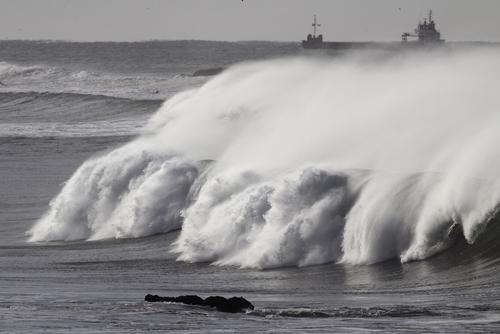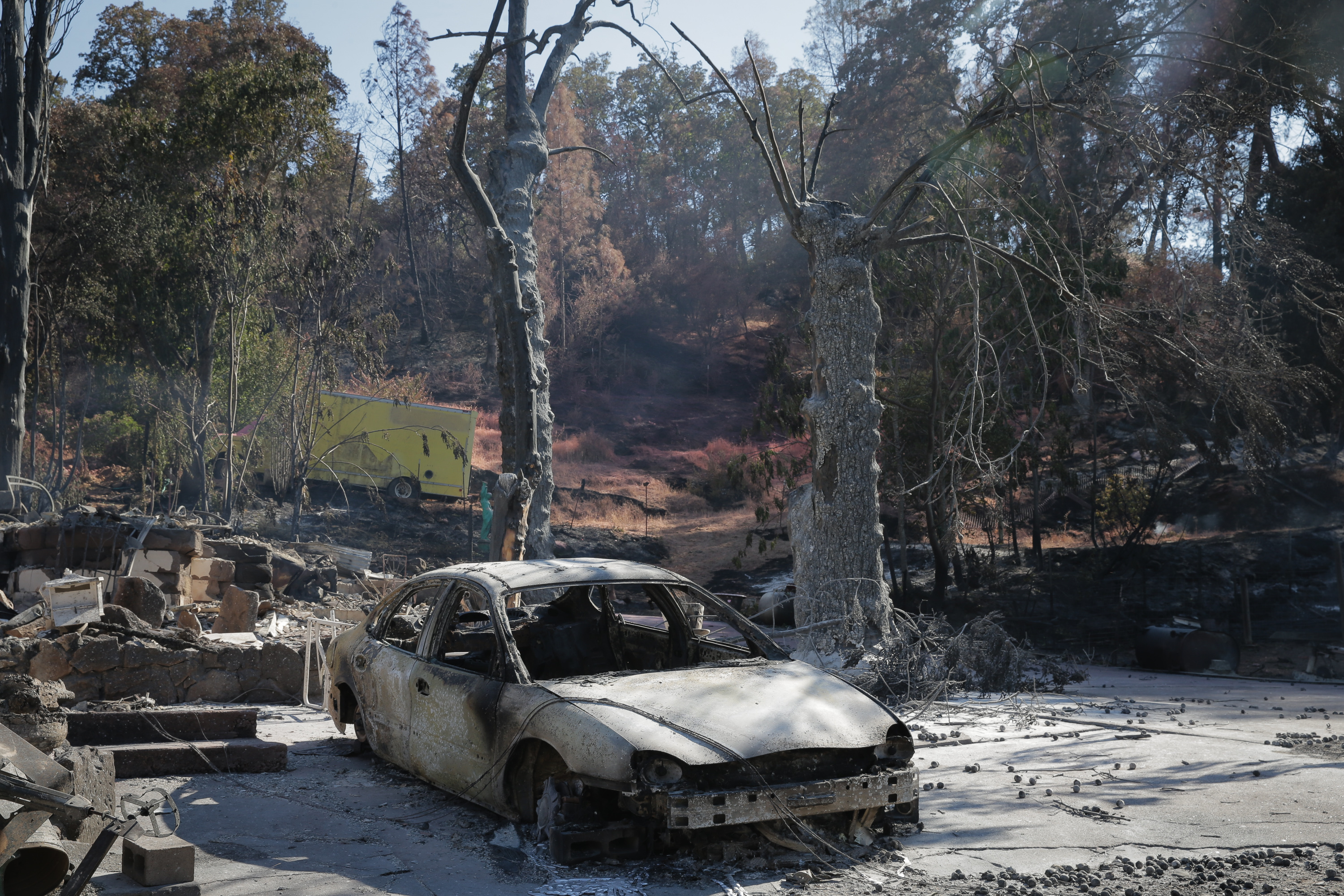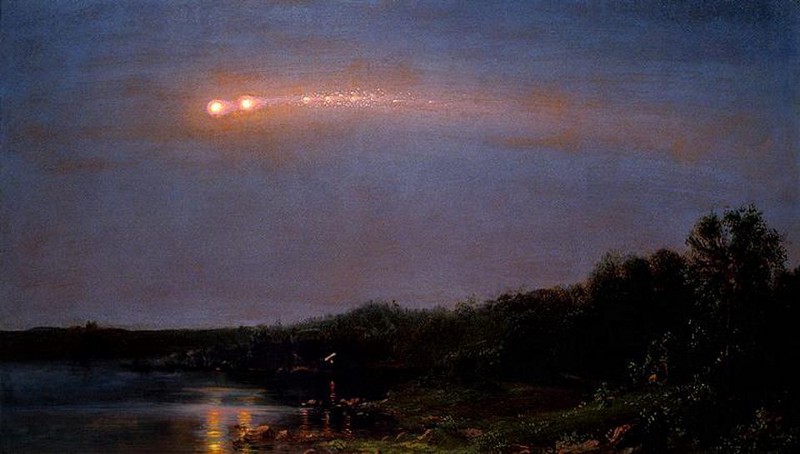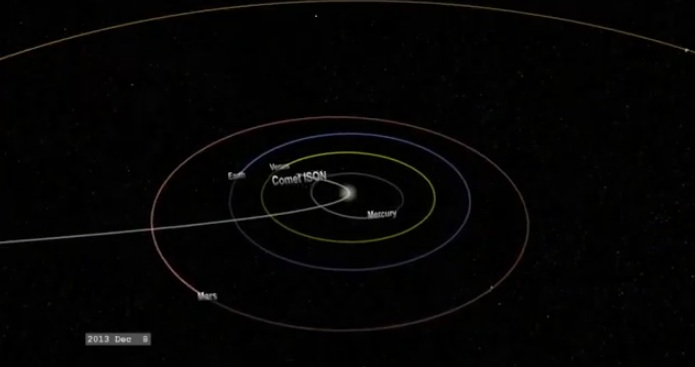Tunguska event: the rarest and most destructive kind of natural disaster
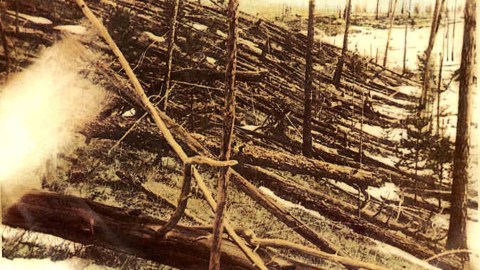
- In 1908, local residents in a remote part of Russia reported loud bangs, flaming skies, and a shockwave that knocked them off their feet.
- Decades of scientific research has led to the conclusion that the Tunguska event was caused by a so-called cosmic air burst.
- Cosmic air bursts are rare, but their undeniable destructiveness has prompted many scientists to strengthen Earth’s defenses against objects from outer space.
Many natural disasters take place at regular intervals. In Japan, a country that stretches along the circum-Pacific seismic belt, people experience roughly four to seven major earthquakes each year, some of which trigger equally devastating tsunamis. In the US, the average number of hurricanes and wildfires (14 and 70,000, respectively) is rapidly increasing, likely due to global warming.
But other disasters, like volcanic eruptions, are much rarer. The 1815 eruption of Mount Tambura — the largest in recorded history — caused global temperatures to drop 5.4 degrees, creating a “year without a summer” that, coincidentally, severely inconvenienced the military campaigns of Napoleon Bonaparte. Equally unusual are the exploding lakes of Cameroon, detonated by buildups of CO2.
Statistically, though, the rarest — and most destructive — natural disaster has to be the kind that took place above the Podkamennaya Tunguska River in Russia on June 30, 1908. This disaster, known as the Tunguska event, is described in eye-witness reports from various people that happened to be traversing this sparsely populated region of the Eastern Siberian Taiga.
When the sky caught fire
A local farmer named S. Semonov, whose testimony was recorded by Russian mineralogist Leonid Kulik as part of a 1930 expedition, was eating breakfast at the Vanavara Trading Post, 40 miles south of the river, when “the sky split in two” and “fire appeared high and wide over the forest (…) Then the sky shut closed, and a strong thump sounded, and I was thrown a few yards.”
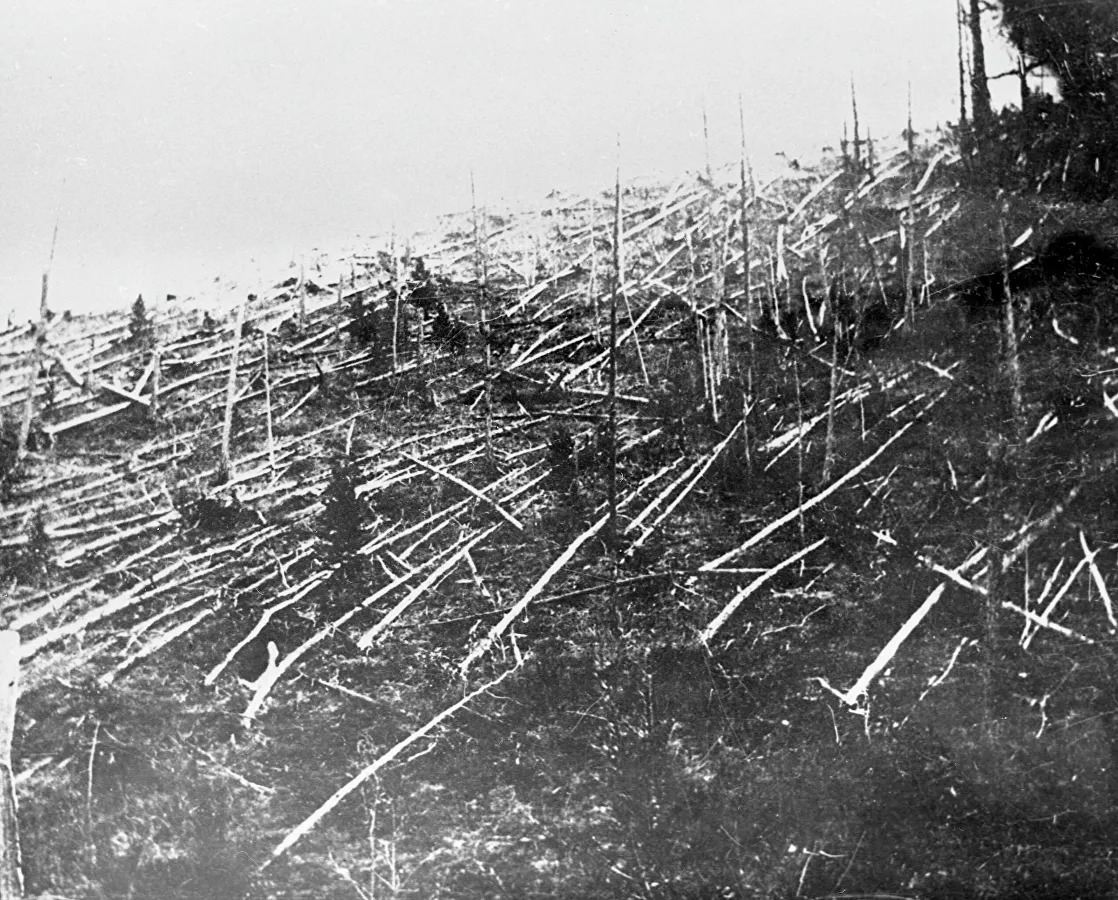
A.Y. Tugarinov, director of a museum in the more remote city of Krasnoyarsk, did not see any fire, but he did hear “three or four consecutive dull claps reminding one of distant artillery charges.” When Tugarinov traveled to the nearby village of Turukhansk a few weeks later, local residents said they’d heard the claps as well, though they compared them to “thunder” rather than artillery.
Phenomena related to the Tunguska Event were recorded throughout the world. Moments after Semonov was knocked off his feet, several seismic stations in Eurasia registered magnitude 5 tremors that originated from Siberia. Air waves traveled even further, being detected as far as Croatia, Germany, Batavia, the Dutch East Indies and even Washington, D.C.
The first expeditions
While the Tunguska event raised concern across Russia, authorities were slow to investigate for a number of reasons. The event occurred in a remote area of the country that was difficult to access with research equipment in tow. This situation was made worse by the fact that Russia was about to enter a decade of political unrest filled with revolution and infighting.
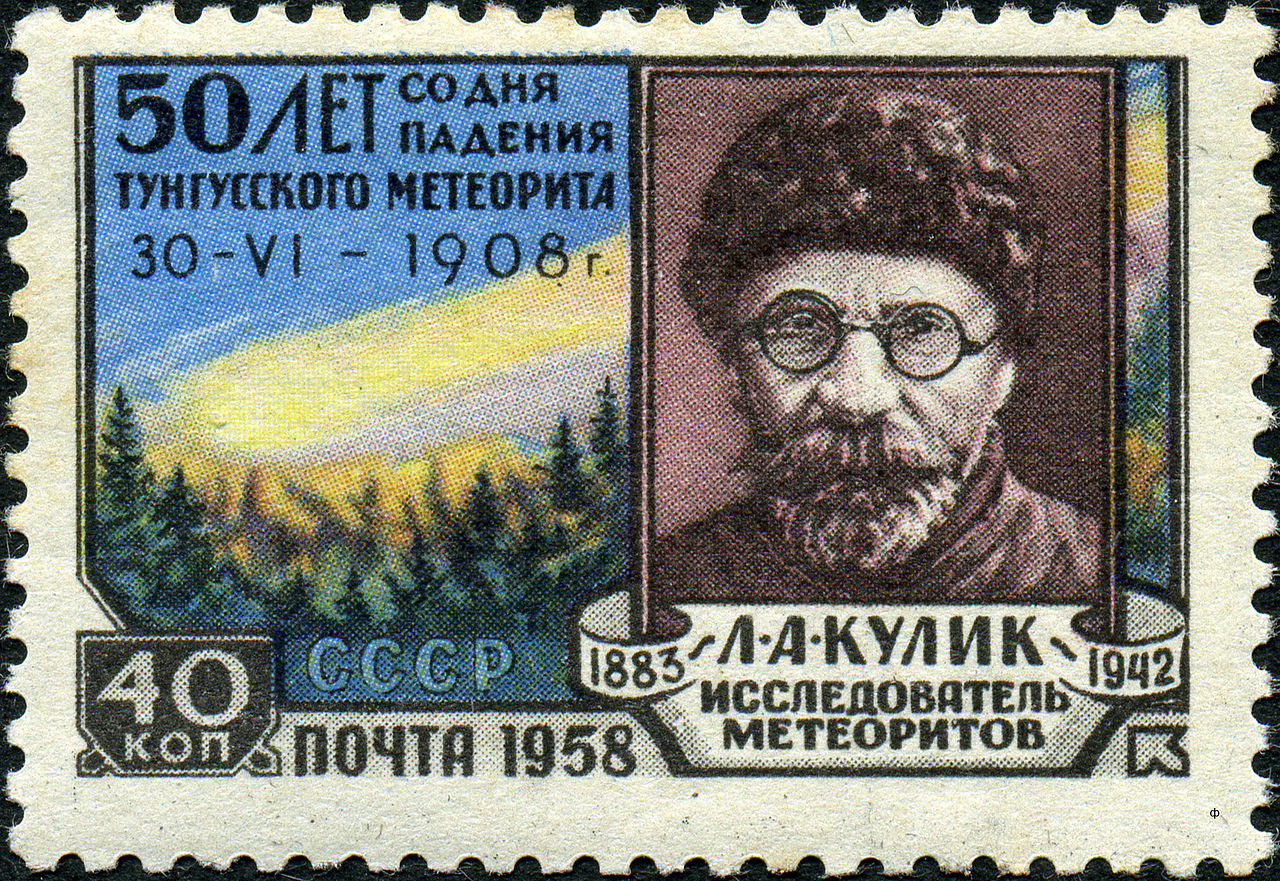
The first official research project took place in 1921, shortly before the end of the Russian Civil War. It was led by Kulik, who traveled to the Tunguska River basin to conduct a geological survey for the Soviet Academy of Sciences. Local reports, like the one he received from Semonov, led Kulik to believe that the Tunguska event had been caused by a meteor impact.
After requesting more funds from the Soviet government, Kulik returned to the basin to look for an impact crater. To Kulik’s dismay, the local hunters in his service failed to find anything of the sort. They did, however, discover an area of the forest where the trees had been burned, debranched, and knocked down in a manner so that they were all facing away from a center-point.
The Tunguska event explained
Investigations of the Tunguska event continued into the 1950s and 60s, when researchers discovered that the soil in the river basin contained hints of silicate and magnetite, minerals that are commonly found on meteorites. Nearby peat bogs, meanwhile, contained large amounts of iridium: a chemical also present in rocks that record the Cretaceous-Paleogene extinction event.
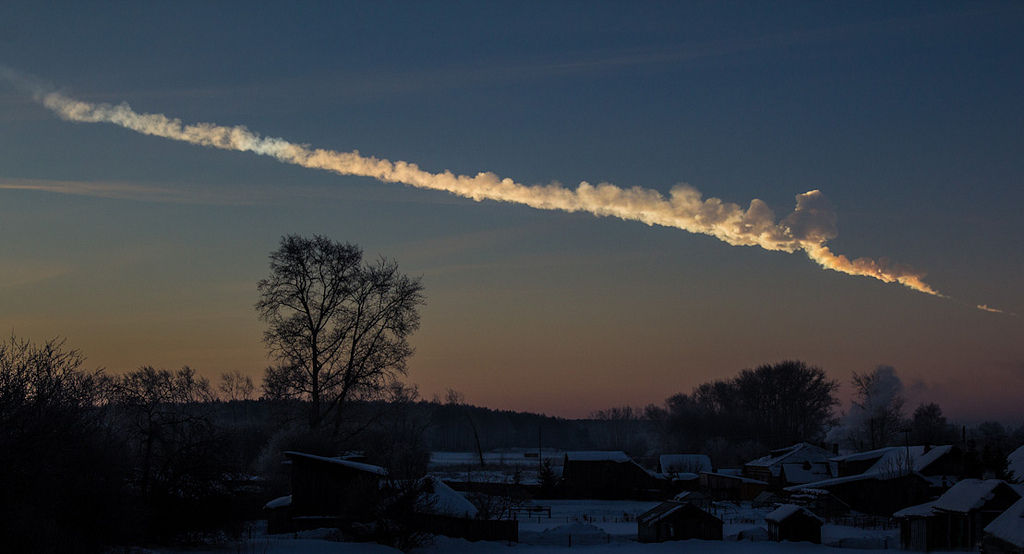
These discoveries, which are in line with Kulik’s research from the 1920s, suggest that the Tunguska event was caused not by a meteor impact but a cosmic air burst. Cosmic air bursts — also called meteor airbursts — occur when meteors, asteroids, comets, and other objects from outer space explode upon entering the outer layers of Earth’s atmosphere.
The characteristics of cosmic air bursts — shockwaves, rising temperatures and the absence of an impact crater — match what we already know about the Tunguska event. Researchers theorize the flares observed by Semonov were caused by light passing through high-altitude ice particles, while the subsequent drop in atmospheric transparency could be due to an increase in dust particles.
Cosmic air bursts
While estimates vary, it is believed that as many as 25 million meteorites rain down on Earth every single day. Fortunately for us, the vast majority of these are incredibly tiny, and those that aren’t turn into cosmic air bursts thanks to the rapid change in air pressure provided by Earth’s atmosphere, which causes them to “burn up” and fall apart before they have a chance to hit the surface.
Clocking in at an estimated 10 to 40 megatons, the Tunguska event is the biggest cosmic air burst in recorded history, though it’s not the only one. In 2013, the Chelyabinsk meteor exploded above Russia’s Ural region, injuring 1,500 people and damaging 7,200 buildings. The meteor — 66 feet in diameter and traveling at 42,690 miles per hour — created a cosmic air burst equal to detonating up to 500 kilotons of TNT.
For reference, Little Boy, the atomic bomb that leveled Hiroshima, yielded 16 kilotons. Although incredibly rare, the undeniable destructiveness of large cosmic air bursts has prompted numerous scientists and politicians to strengthen Earth’s defenses. In 2020, for instance, MIT engineers developed a decision map that could help us alter the course of earthbound meteors long before they get here.
Perhaps, in the future, we will be able to prevent another Tunguska event from happening altogether.
